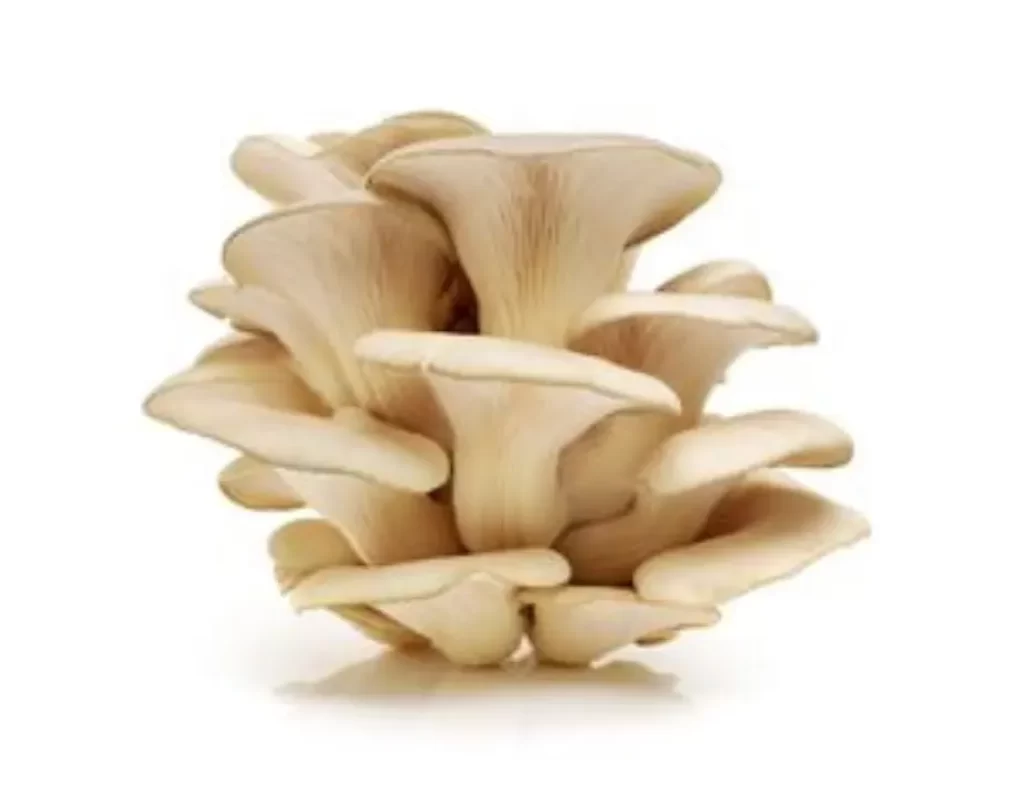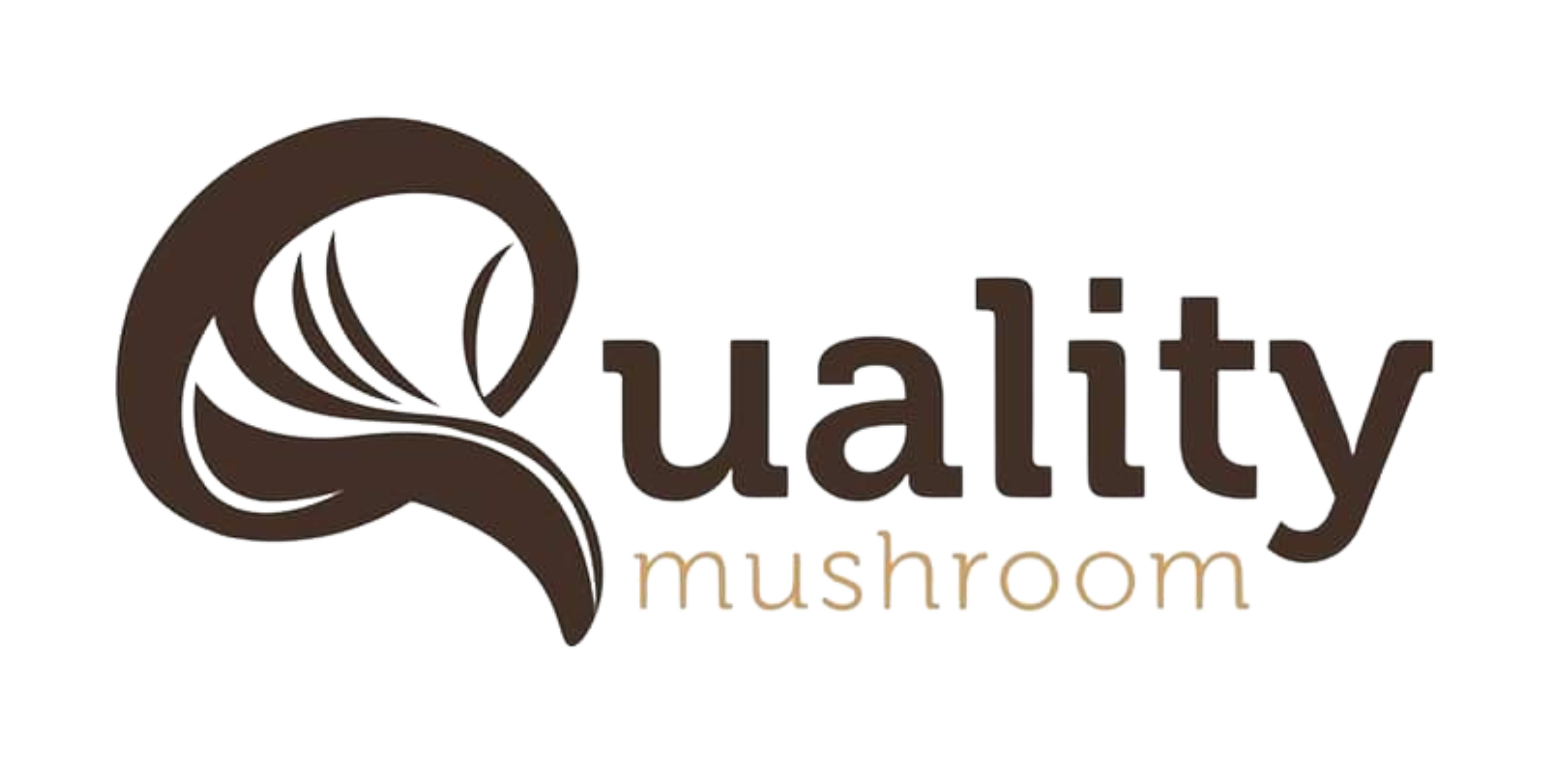
Mushrooms have long captivated human curiosity with their diverse shapes, Flavors, and purported health benefits. Among the vast array of mushrooms, one variety stands out not just for its unique appearance but also for its nutritional richness and potential medicinal properties – the Milky Mushroom (*Calocybe indica*). Join me as we delve into the intriguing world of Milky Mushrooms, exploring their cultivation process, nutritional benefits, and their impact on human life.
The Milky Mushroom, scientifically known as *Calocybe indica*, is a species native to India but is now cultivated in various parts of the world. Its distinctive creamy-white cap and stout stem make it easily recognizable. What sets Milky Mushrooms apart is not just their appearance but also their nutritional profile and medicinal potential.
Milky Mushrooms are cultivated through a process known as substrate fermentation. Here’s a simplified overview of the cultivation process
The cultivation process begins with the preparation of a substrate, which typically consists of agricultural waste such as paddy straw, wheat straw, or sawdust. This substrate is pasteurized to remove any contaminants and provide a suitable environment for mushroom growth.
Once the substrate is prepared, it is inoculated with mushroom spawn. The spawn serves as the starting point for mushroom growth, providing the necessary mycelium (the vegetative part of the fungus).
The inoculated substrate is then placed in a controlled environment with optimal temperature and humidity conditions for mycelial growth. During this incubation period, the mycelium colonizes the substrate, forming a network of fine threads.
After the mycelium has fully colonized the substrate, a layer of casing material, such as peat moss or vermiculite, is applied to the surface. This casing layer helps maintain moisture and provides a suitable surface for mushroom formation. Fruiting typically occurs within a few weeks after casing, depending on environmental conditions.
Once the mushrooms reach maturity, they are harvested by carefully twisting or cutting them from the substrate. Harvesting is usually done when the caps are fully expanded but before they begin to flatten or darken.
Milky Mushrooms are not just a culinary delight but also a nutritional powerhouse. Here are some of the key nutritional benefits they offer
Milky Mushrooms are a rich source of protein, making them an excellent meat substitute for vegetarians and vegans.
These mushrooms are loaded with essential vitamins and minerals, including vitamin B complex, vitamin D, potassium, and phosphorus.
With a high fibre content, Milky Mushrooms can aid in digestion and promote gut health.
Milky Mushrooms contain antioxidants such as selenium and ergothioneine, which help protect the body from oxidative stress and inflammation.
In addition to their nutritional benefits, Milky Mushrooms are also valued for their potential medicinal properties. Research suggests that they may possess antimicrobial, antioxidant, and anti-inflammatory properties, which could have implications for human health. Some studies have even explored their potential in cancer prevention and treatment, though more research is needed in this area.
Milky Mushrooms are not just another culinary ingredient; they are a symbol of nature’s bounty and a treasure trove of nutrition and potential health benefits. From their intriguing cultivation process to their rich nutritional profile and potential medicinal properties, Milky Mushrooms continue to captivate the interest of researchers, chefs, and health enthusiasts alike. Whether enjoyed in a savoury stir-fry or incorporated into holistic wellness practices, these humble fungi have certainly earned their place in the spotlight of human life.

We are Pune’s best quality and healthy mushroom cultivators. we envision a future where quality mushrooms are cultivated sustainably and efficiently
We envision a future where quality mushrooms are cultivated sustainably and efficiently, enriching lives and ecosystems worldwide.